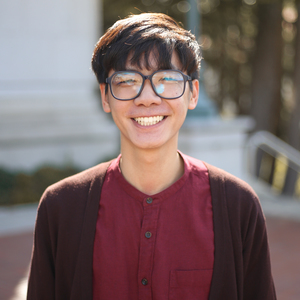Halloween is creeping around the corner. Families are carving their jack-o’-lanterns, bags of candy are on sale in the supermarket, and spine-chilling decorations are popping up in every neighborhood. As the entire nation gears up for some whimsical mischief, we are not the only ones eagerly anticipating Halloween around the world.
October 31 marks an important day for people across the globe. Some countries celebrate Halloween like the US; others, however, observe holidays distinct from Halloween. Here’s a glimpse at how three other cultures celebrate the autumn season.
Ireland: Where the First Haunts Began
Modern Halloween has its roots in Samhein, an ancient Celtic festival. The Celtics believed that on the night before the first day of winter, spirits of the dead would return to the earth. By communicating with these spirits, Celtic priests—also known as Druids—could prophesy about the upcoming year. Donning costumes, they would light bonfires to commemorate this auspicious day.
Nowadays, Ireland is home to some of the largest Halloween festivities in the world. Possibly Ireland’s most beloved and fanciful Halloween celebration is the Bram Stoker festival, which occurs annually in Dublin. Its name is a tribute to the treasured Irish author, and it is a grand Gothic event full of movie screenings, cemetery tours, parades, and drinks to help you brave all the night’s haunts.
Japan: Halloween Parties Galore
Within the past 20 years, Halloween has made its way across the world to Japan. Halloween first made its appearance at the Tokyo Disneyland resort. Since then, it has cemented its place among Japanese holidays. In 2015, an estimated 20 million Japanese celebrated Halloween, a clear reflection of the holiday’s soaring popularity.
What’s cherished about Halloween among the Japanese isn’t the trick-or-treating or ghoulish encounters; it’s the eccentric costumes, and the camaraderie. Each year, costume competitions occur across the country to determine who has the most creative and eye-catching outfit. Meanwhile, you’ll find Japanese people eating pumpkin-shaped pancakes, running through obstacle courses, and parading around.
Mexico: Día de los Muertos
A holiday similar to, but completely separate from Halloween, Día de los Muertos is a sacred Mexican tradition that commences on October 31 and ends on November 2. For those of you who have seen Disney’s recent blockbuster Coco, you may be familiar with the holiday’s core values: family and gratitude. During this three-day festival, families honor loved ones who have passed away by building alters, called ofrendas, and visiting their graves.
In no way is this a somber holiday—it is a time to be merry and to be together. A lively and celebratory atmosphere permeates across Mexico. Music fills the air, while families prepare all sorts of delicious treats, like pan de muerto, and adorn their homes with calaca and calavera (skeletons and skulls) decorations. People eat, drink, and dance as they remember their loved ones. In the end, unlike Halloween, there are no tricks—only treats.
From its origins in Ireland to its newfound popularity across the world, Halloween has indeed left its marks across the globe and simultaneously has been transformed. However, we must not forget that for other cultures, fall is a time for family and remembrance. Whether it be terrifying encounters or a lighthearted gathering with friends and family, these are the tell-tale signs of Halloween around the world.


